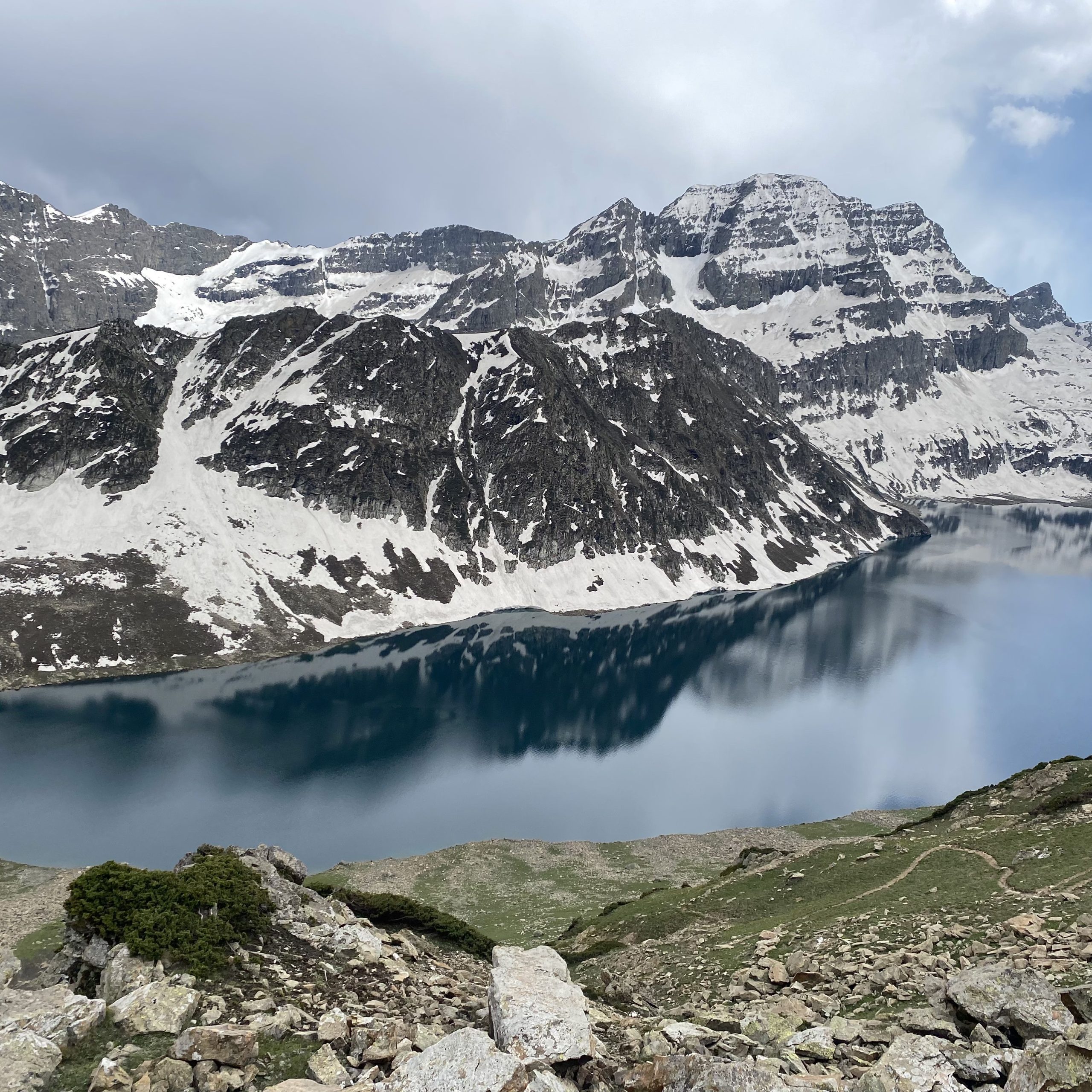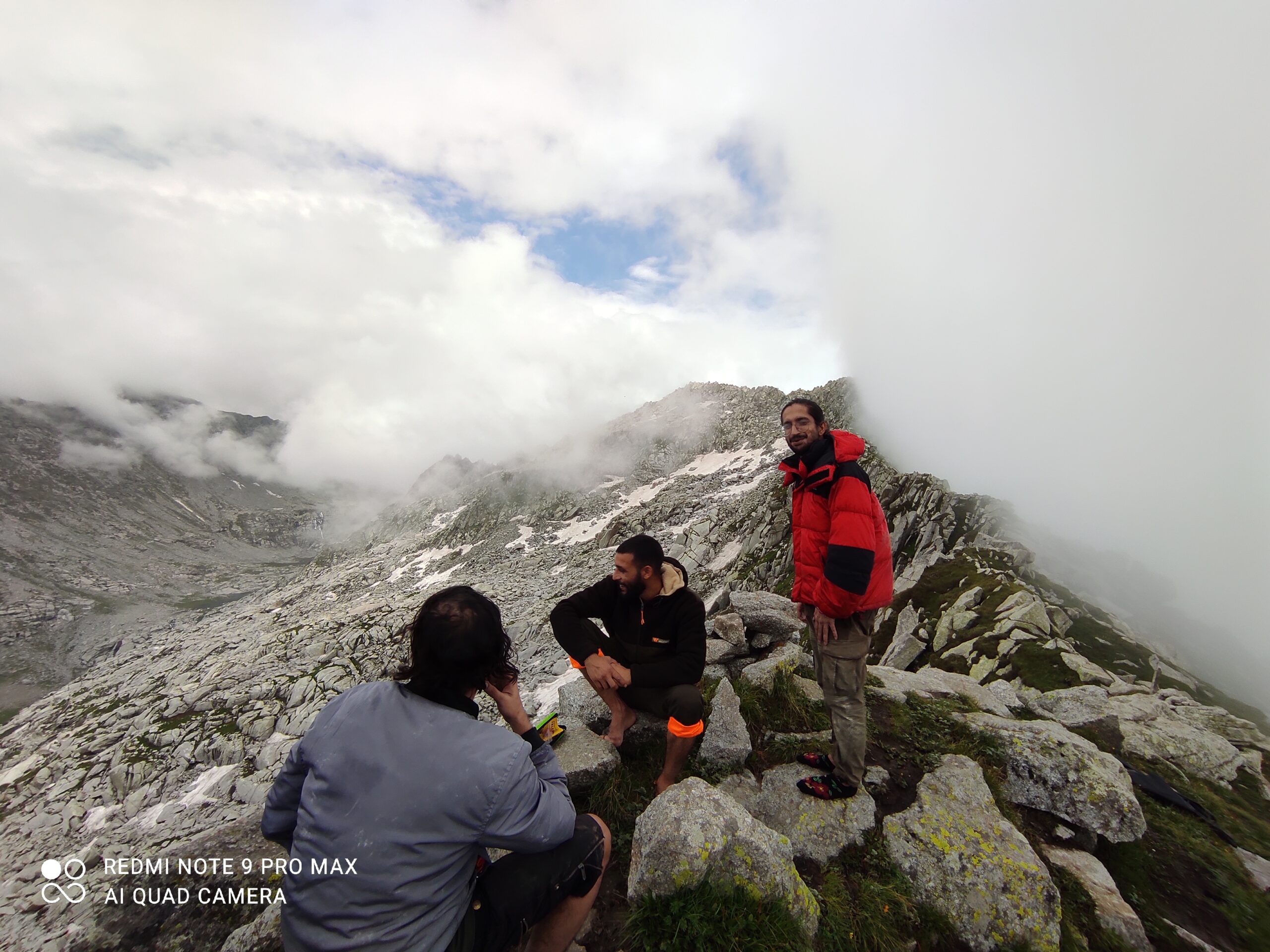Altitude Sickness: Recognition and Treatment

Altitude sickness is a common issue faced by trekkers and adventurers when they ascend to high altitudes like those on the Minkiani Pass trek or Hampta Pass trek without proper acclimatization. There are three main types: Acute Mountain Sickness (AMS), High Altitude Pulmonary Edema (HAPE), and High Altitude Cerebral Edema (HACE). Recognizing and treating altitude sickness early is essential, especially if you’re planning to explore challenging routes such as the Marchoi Valley Trek in Kashmir or the Kuari Pass trek in Uttarakhand.
Recognizing Symptoms
The key to preventing serious complications from altitude sickness lies in identifying the recognizing symptoms, which can appear suddenly during popular high-altitude adventures like Sar Pass trekking or the Indrahar Pass trek.
Acute Mountain Sickness (AMS)
- Headaches
- Nausea and vomiting
- Fatigue
- Difficulty sleeping
- Loss of appetite
Note that not everyone experiences the classic headache during treks like the Manimahesh Yatra or Kareri Village hike; symptoms may vary and require close monitoring. Look out for uneasiness or decreased physical performance.
High Altitude Pulmonary Edema (HAPE)
- Dry cough
- Breathlessness even when resting
- Fatigue or weakness
If you notice these signs, act quickly, as HAPE can escalate rapidly.
High Altitude Cerebral Edema (HACE)
- Severe headaches
- Confusion or irrational behavior
- Difficulty with coordination
- Ongoing nausea or vomiting
HACE is life-threatening and requires immediate attention.
Treatment Guidelines
Treating AMS
- Take Diamox (250 mg).
- Drink at least 500 ml of water.
- Rest for one hour to acclimatize.
If symptoms persist, descend to a lower altitude immediately.
Treating HAPE
- Take 500 mg of Diamox and 20 mg of Nifedipine.
- Use bottled oxygen, if available.
- Descend as quickly as possible, aiming for 8,000 feet.
If unable to descend within six hours, repeat the doses of Diamox and Nifedipine.
Treating HACE
- Take 500 mg of Diamox.
- Administer 4 mg of Dexamethasone (Dex).
- Descend immediately to 8,000 feet or lower.
If not at a safer altitude within six hours, repeat the doses.
Important Precautions
- If you begin to experience any symptoms of altitude sickness—such as headache, nausea, or shortness of breath—immediately inform your trek leader, guide, or fellow trekkers, especially during remote expeditions like the Minkiani Pass trek or Hampta Pass trekking route.
- Make a conscious effort to stay well-hydrated by drinking water regularly, and prioritize getting ample rest to help your body adjust to high altitudes during challenging journeys such as the Marchoi Valley trek or Kareri Village winter treks.
- Refrain from engaging in any physically demanding tasks or high-effort activities until you feel completely stable, particularly when trekking through high-altitude locations like the Manimahesh Yatra distance trail or Shilt Hut trek in Himachal Pradesh.
- Keep a close watch on your oxygen levels using a reliable pulse oximeter; if your saturation drops below 85%, treat it as a serious red flag and consider descending immediately to a safer altitude, especially on treks like Indrahar Pass trek or Dev Roopa trek Himachal Pradesh.
Conclusion:
Altitude sickness, while common at high altitudes, is fully manageable with the right knowledge and prompt treatment. Understanding the symptoms early on—whether you’re trekking the Minkiani Pass or the Indrahar Pass trek—is crucial to your safety. The sooner you recognize the signs of AMS, HAPE, or HACE, the better your chances of recovery. Quick action, including rest, hydration, and immediate descent, can often prevent serious complications, and even save lives.
Whether you’re embarking on a spiritual journey like the Manimahesh Yatra or tackling the adventurous Hampta Pass trek, always prioritize your well-being. If you begin to feel unwell, don’t hesitate to descend to a lower altitude, as this remains the most effective treatment. Your safety comes first—never risk pushing forward at the expense of your health.
By staying informed and taking proactive steps, you can enjoy your high-altitude treks like the Marchoi Valley trek or Sar Pass trekking with confidence, ensuring that your adventure remains safe, enjoyable, and rewarding.






